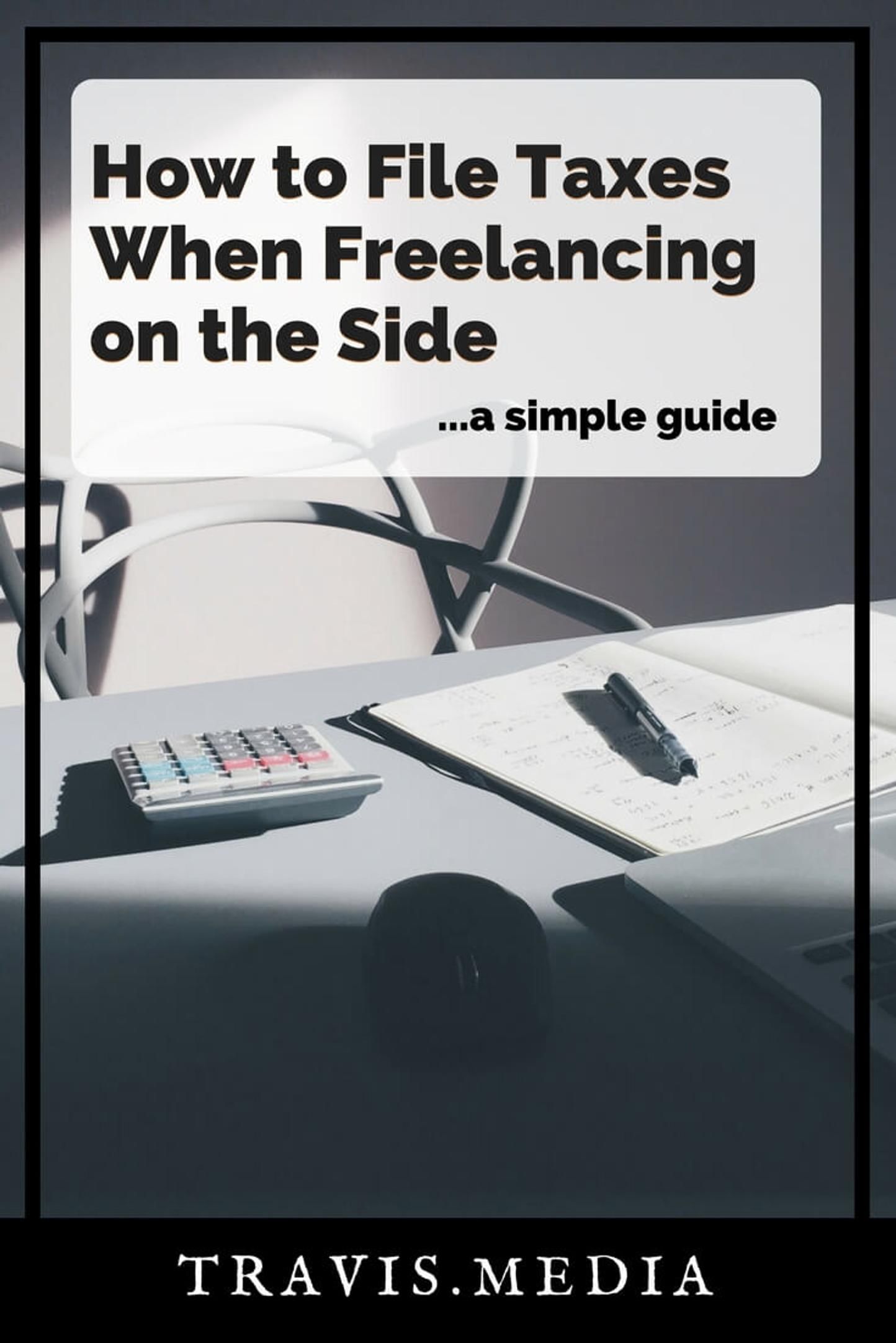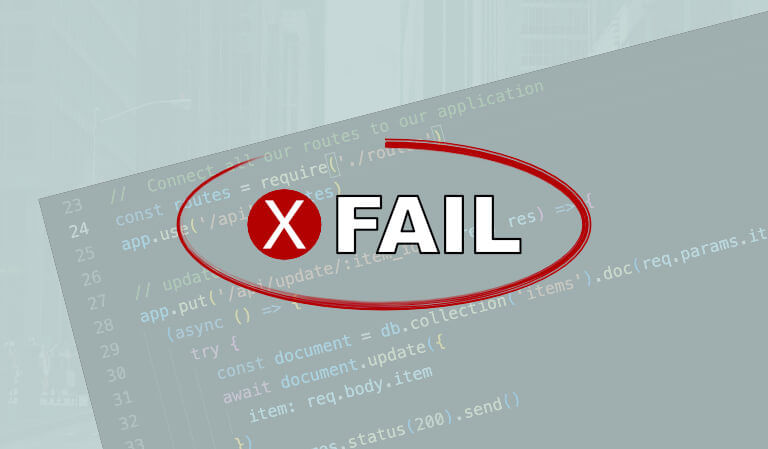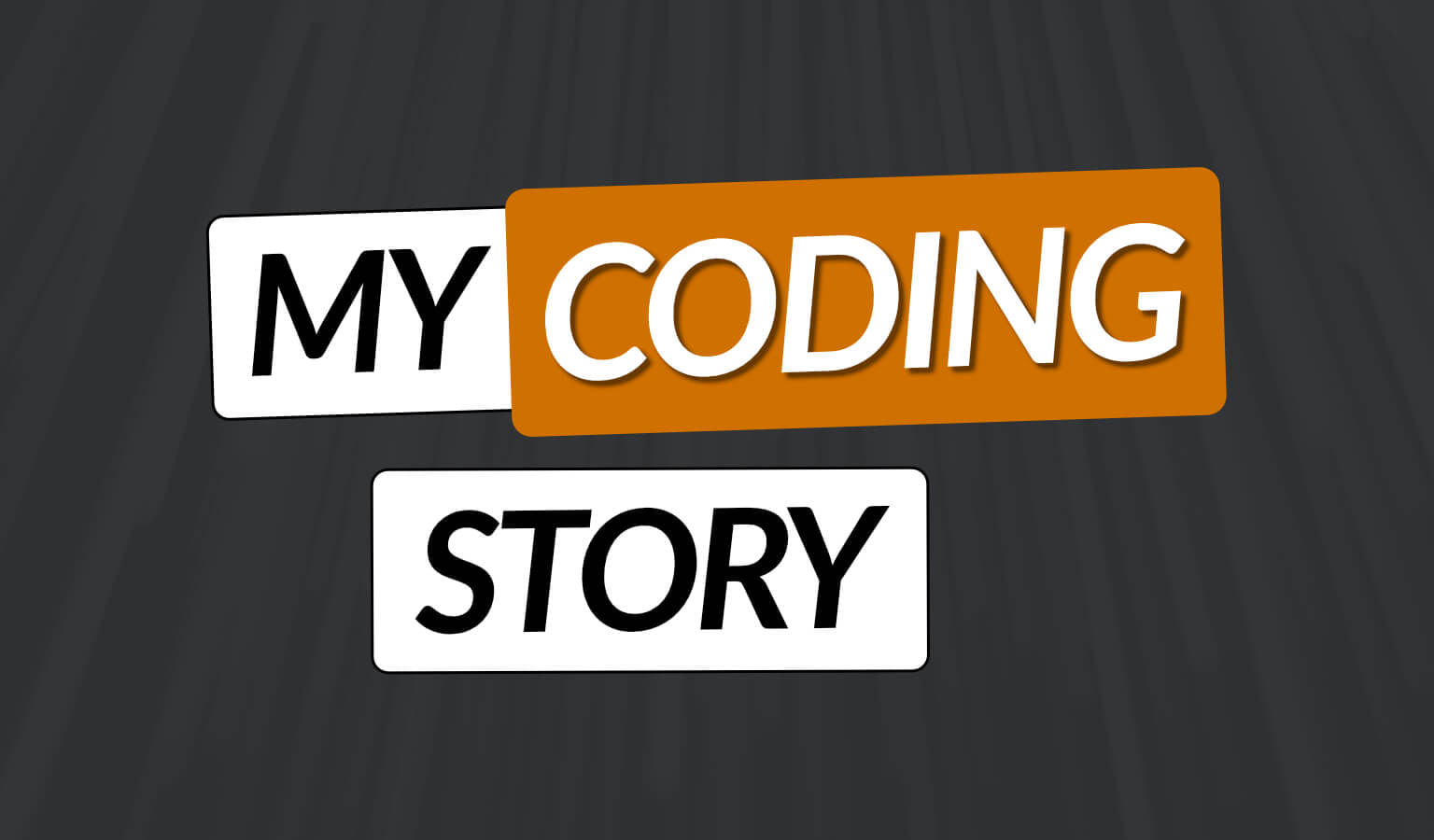How To File Taxes When Freelancing On The Side: A Simple Guide
· Travis Rodgers · 5 min read
This past year I left my day job to freelance full time. I worked 11 months out of the year with the company I left and did freelancing on the side from about June through the end of the year.
Now filing taxes had had always been an easy task for me. I get my W-2 and copy the same format as the year before, just changing the numbers and doing the calculations.
But this year it was different. While I still got my W-2 and filed as normal, I also had about $10,000 in earnings from the side gig.
What do I do with that?
Well, in this post I will try to give a simple outline on what you need to do differently when you file taxes when freelancing on the side.
*I am not an accountant, and the contents of this post are to be a guide for you and a guide only, please be sure to do the homework and adjust/adapt to your current situation.

A few qualifications
- I assume that you know how to file taxes traditionally with a W-2. I will just be adding on the freelancing side of that. This will not be an in-depth tutorial on how to do self-employment taxes. You should have received a W-9 form from any business that pays you. If you did not, ask for it (though it is not required to be attached to your 1040 submission). But remember, even if you don't get it, you must still file your taxes regardless. More info on that here.
- I assume that you set aside an adequate percentage of your freelancing profits throughout the year to cover taxes.
- I assume that you have kept financial accounts of your profits and expenses from freelancing throughout the past year.
If you have not set aside taxes OR kept financial accounts of your income and expenses, please go and sign up with Freshbooks and start tracking these today for next year. There are tons of online tutorials as to how to set up Freshbooks and it is a wonderful and affordable program to keep your books.
How To File Taxes When Freelancing On The Side
The main difference from how you traditionally file taxes and how you file taxes when freelancing on the side, is found in two extra forms.
Let's take a look at these:
Two Forms
1. Schedule C
The first form when you file taxes when freelancing on the side is the Schedule C.
The Schedule C is needed to report your freelancing Income (or loss), as well as your Expenses from the business.
If your expenses were less than $5,000, then you can use the Schedule C-EZ instead (but please be sure that you qualify to use it as there are a number of other qualifications listed on the form itself aside from less than $5,000 in expenses).
On this form you are to report:
- Your business code (look it up in the instructions).
- Your Income
- Your Expenses
- Etc.
You will substract your expenses from your gross income, and report this "Net Profit" on 1040 line 12, which will be combined with your normal W-2's "Wages, Salaries, Tips" amount for a total on line 22, your Total Income.
You will also put this "Net Profit" amount on line 2 of the next form.
2. Schedule SE
While the Schedule C is there to record your Income, Expenses, and ultimately your Net Profit, the Schedule SE is to figure the tax due on this net earnings from your self-employment.
(Please consult the instructions as to whether you have to fill out this form, and check the flowchart on the actual form to determine if you need to fill out the short or long schedule).
Your Net Profit from your Schedule C will go on line 2.
Then follow the very few calculations to get your Self-Employment tax (which will you will fill in here AND on 1040 line 57) and your deduction (which you will also fill out here AND on 1040 line 27).
Now you are able to take these numbers and fill out the rest of your 1040 as you normally would as a full time, W-2 employee.
Things To Remember
- Both of these forms will need to be submitted with the return.
- Do these calculations before you go on to calculate your EIC, or your child tax credit, etc. as you will need the combined W-2/Schedule C wages. Otherwise you will have to back and redo things.
Conclusion
Now that you have filled out these two forms, you fill out and calculate your taxes as you would normally do, but with the Net Profit, and Taxes from your freelancing included.
This page may contain affiliate links. Please see my affiliate disclaimer for more info.



